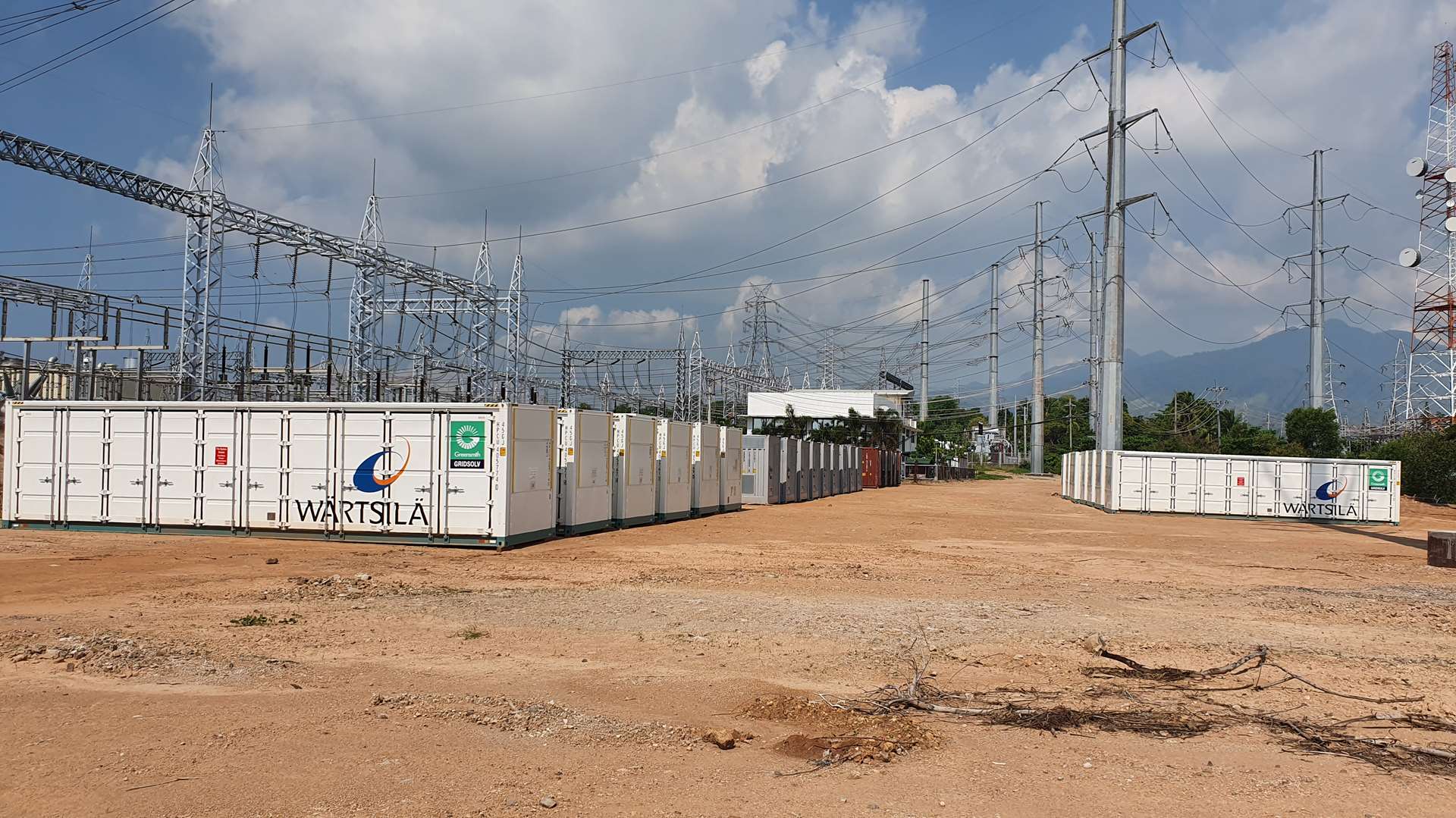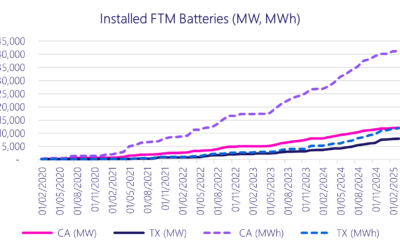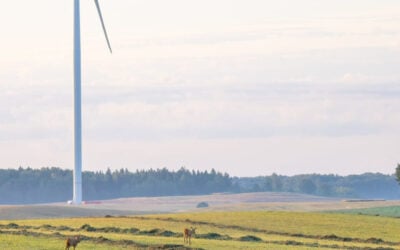
Energy storage activity grew during January to June this year for Wärtsilä, accounting for almost two-thirds of new-build order intake, the company’s VP for Energy Storage and Optimisation has said.
The Finland-headquartered technology provider focused on global energy and marine markets, which have continued to be adversely affected by the ongoing coronavirus pandemic. However, at the end of 2020, then-CEO Jaakko Eskola had highlighted that the energy storage business remained largely resilient, and a similar dynamic has been seen so far this year, VP Andy Tang told Energy-Storage.news.
Enjoy 12 months of exclusive analysis
- Regular insight and analysis of the industry’s biggest developments
- In-depth interviews with the industry’s leading figures
- Annual digital subscription to the PV Tech Power journal
- Discounts on Solar Media’s portfolio of events, in-person and virtual
In late July, the company reported its half-yearly financial results, noting that while it expects demand to rebound in many sectors in the latter part of 2021, various segments in the marine sector like cruises, ferries and cargo are still suffering from the COVID-19 slowdown.
A pandemic-weakened investment environment in liquid and gas fuelled power plant markets persisted too, and although Wärtsilä said there has been a stabilisation of the market situation, customers’ investments continue to be postponed due mainly to the uncertainties that have been brought about by the global crisis. More generally, many of the markets the company operates in have experienced slow rollouts of vaccines and this is impacting the speed of recovery, it said.
The order intake in Wärtsilä’s energy business included 1,325MWh of energy storage for the first six months of the year, and 519MWh in Q2 between April and June: compared to last year when it booked just 23MWh of energy storage orders for the half year and 18MWh in Q2, and 460MWh for the entirety of 2020, the growth indeed appears strong.
“Our storage growth remains strong. In our Q2 figures, it accounts for around 60% of our new-build order intake. This demonstrates the change in business mix we are seeing,” Andy Tang told Energy-Storage.news.
Tang highlighted the significance to the company of winning several projects in the US which have been announced in the past few months, including 200MW across two standalone battery energy storage system (BESS) projects in Texas for developer Able Grid Energy Solutions. He also pointed to the contracting of two new projects in the UK by EDF-owned developer-investor Pivot Power totalling 200MWh announced a couple of weeks ago. Wärtsilä also continues to deploy systems integrated with its GEMS controls and optimisation software platform, which has been developed within its energy storage division but can be applied to any digitally-controllable energy assets.
With the company having stepped up its presence in Southeast Asia too, Andy Tang said an announcement is to come about a major project in Australia with AGL, one of the country's biggest energy generator-retailer entities. That project will support “the island continent and the utility's leading role in decarbonisation,” he claimed.
‘Success and potential both closely linked to global decarbonisation trend’
Overall, the picture Wärtsilä reported was of strong cash flow throughout the six month period, but COVID-19 continued to hamper business. The company made basic earnings per share of €0.10 (US$0.12) which was a Eurocent higher than for H1 2020, while comparable adjusted EBITDA was the same as for both periods at €128 million. Profit before taxes was €88 million for the first half of the year, and €53 million for the quarter ended in June. In 2020, those numbers had been €79 million and €36 million respectively.
New president and CEO Håkan Agnevall said that activity in the energy storage market “continued at a good level,” even while customers' investments in new thermal power plant activity slowed due to postponements. He did point to progress on a couple of large-scale thermal power plants which will help balance the increase of wind and solar in Nebraska, US and in Italy. The energy storage segment continues to also grow on the back of the increase in solar and wind, the company said.
Andy Tang similarly told Energy-Storage.news that the company’s success in the energy storage market, as well as its potential, is “directly linked to our role in managing the decarbonisation energy trend”.
“We are in a really strong position to support utility customers, reflected in our storage business, and continue to manage the decarbonisation transition on both the engine side and the storage side of the business,” he said.
“We’ve got significant projects in contract stage across North America and MEA/SEA, as well as new-build deals supporting utility customers.”






